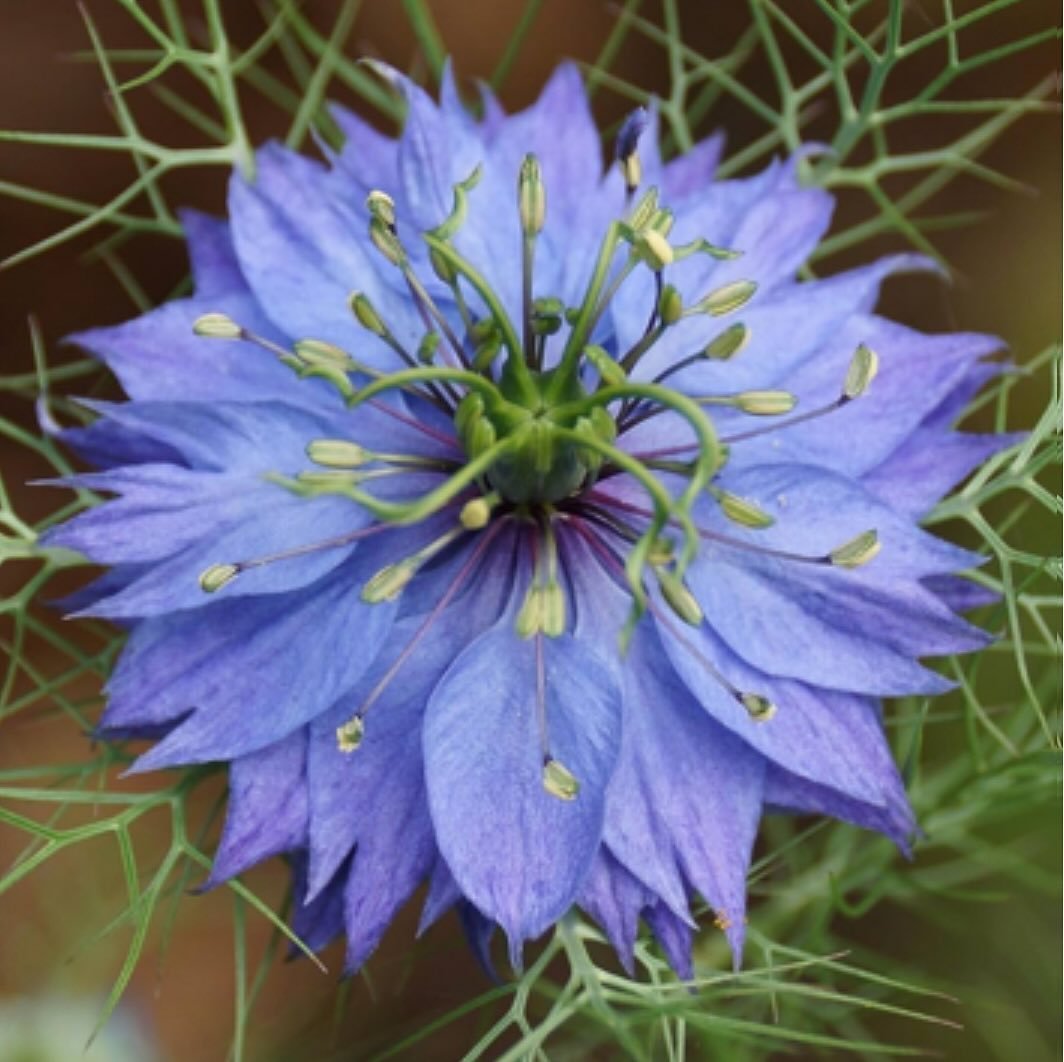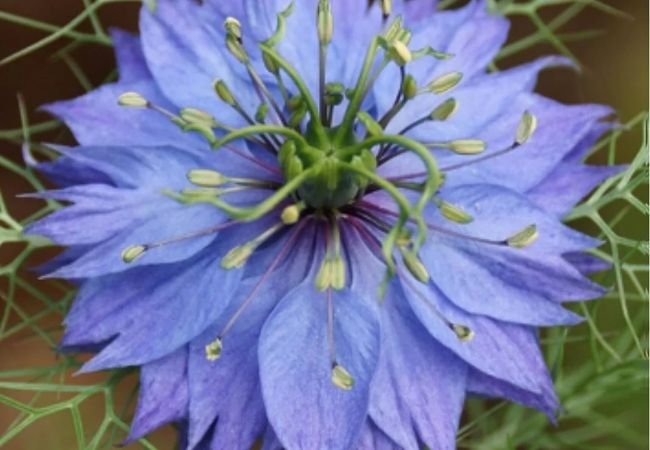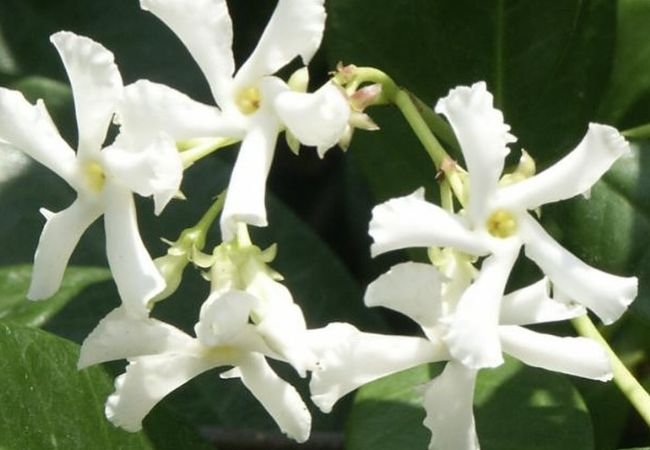Discover the enchanting Love-in-a-Mist flower: learn how to grow, care for, and use this delicate, whimsical plant in your garden. Perfect for both novice and experienced gardeners.
Have you ever seen a Love-in-a-Mist flower? Also known as Nigella damascena, devil-in-the-bush, or ragged lady, this unique plant adds a touch of magic to any garden. In this article, we’ll explore what it is, how to grow it, and why you might want to include it in your garden.
Here’s the information about Love-in-a-Mist flowers in an easy-to-understand chart format:
| Aspect | Details |
|---|---|
| Botanical Name | Nigella damascena |
| Common Name | Love-in-a-Mist |
| Plant Zone | Zones 2-11 (grown as annual) |
| Sun Exposure | Full sun to part shade |
| Soil Type | Well-drained, fertile soil |
| Watering Needs | Moderate |
| Growth Habit | Upright, bushy |
| Height/Spread | 1-2 feet tall, spreads 1-1.5 feet |
| Special Features | Unique, airy foliage with delicate, colorful flowers in blue, white, pink, or purple; attractive seed pods; self-seeding; good for cut flowers and dried arrangements |
What is a Love-in-a-Mist Flower?

Love-in-a-Mist (Nigella damascena) is an annual flower that belongs to the buttercup family. It’s known for its delicate flowers surrounded by lacy, feathery foliage.
- Colors: Flowers come in shades of blue, pink, white, and purple.
- Size: Plants typically grow 15 to 24 inches tall.
- Foliage: The finely-cut, thread-like leaves create a misty appearance around the flowers.
How to Grow Love-in-a-Mist Flowers
Growing Love-in-a-Mist is relatively easy. Here’s what you need to know:
- Sunlight: They prefer full sun but can tolerate light shade.
- Soil: Well-draining soil is best, but they’re not too picky.
- Water: Keep soil moderately moist until established, then water when dry.
- Temperature: They prefer cool weather and can tolerate light frost.
Planting Tips
- Sow seeds directly in the garden in early spring or fall.
- Plant seeds 1/4 inch deep and 6-8 inches apart.
- Thin seedlings to 6-8 inches apart when they’re a few inches tall.
Uses in the Garden
Love-in-a-Mist has many uses in the garden:
- Cottage gardens: Their whimsical appearance fits perfectly in informal settings.
- Cutting gardens: Both flowers and seed pods are great for bouquets.
- Borders: They add a soft, airy texture to garden edges.
- Wildflower meadows: They self-seed readily, making them great for naturalized areas.
Caring for Your Love-in-a-Mist Flowers
To keep your Love-in-a-Mist plants healthy:
- Water during dry spells, but avoid overwatering.
- No fertilizer is needed; they prefer lean soil.
- Deadhead spent blooms to encourage more flowers.
- Leave some seed pods on the plant for self-seeding and dried arrangements.
Benefits of Growing Love-in-a-Mist Flowers
There are many reasons to grow Love-in-a-Mist:
- They attract pollinators: Bees and butterflies love them.
- They’re low-maintenance and easy to grow from seed.
- The seed pods are decorative and can be used in dried arrangements.
- They self-seed readily, coming back year after year.
Interesting Facts
- The seed pods of Love-in-a-Mist are edible and have a nutmeg-like flavor. They’re sometimes used as a spice, known as “black cumin” or “black seed.”
- In traditional medicine, Nigella seeds have been used for various health purposes.
- The Latin name “Nigella” means “black,” referring to the color of the seeds.
Love-in-a-Mist (Nigella damascena) is a charming and versatile addition to any garden. With its delicate flowers, unique foliage, and easy-care nature, it’s a great choice for gardeners of all skill levels. Why not add some of these whimsical blooms to your garden this year?
Remember, gardening is about enjoying the process and learning as you go. Don’t worry if everything isn’t perfect – just have fun watching your Love-in-a-Mist flowers grow and bloom!
For more gardening tips and plant care guides, visit usagardenhub.com.






